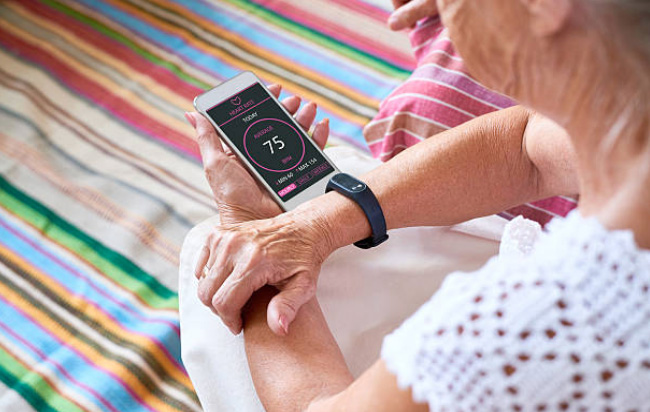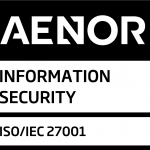Mobile experience monitoring for telehealth
The combination of telehealth and mobile experience monitoring can help to ensure that patients have a positive experience when using telehealth services. By monitoring the performance of telehealth apps and devices, developers can identify and fix any issues that may be causing delays or disruptions to the service. This can help to ensure that patients have access to the medical care they need in a timely and efficient manner.
Additionally, by monitoring user engagement, developers can gain insight into how patients are using the service, which can help to inform future developments and improvements.
The need for telehealth services has been increasing in recent years due to a variety of factors. One of the main drivers of this trend has been COVID-19 pandemic, which has led to a greater reliance on remote healthcare services in order to reduce the risk of infection transmission.
Another factor is the growing number of people living in rural areas and remote locations, who may have limited access to healthcare services. Telehealth allows these patients to receive medical care from a distance, which can be especially beneficial for those with chronic conditions that require ongoing monitoring and treatment. Apart from more comfortable, it can even be more cost-effective than institutional care.
Furthermore, with the increasing adoption of technology, patients are becoming more familiar with and comfortable with using telehealth services. People are now more inclined to use these digital platforms for healthcare services, since they are easy to access, available 24/7 and offer a wide range of services.

Smartphones, and mobile devices as a whole, have become an increasingly important tool for telehealth services, as they offer patients a convenient and portable way to access healthcare services. Many telehealth apps have been developed specifically for smartphones, allowing patients to easily consult with healthcare professionals, schedule appointments, and access medical information.
One of the main benefits of using smartphones for telehealth is the convenience they provide. Patients can use telehealth apps to access medical services from anywhere, at any time, which can be especially beneficial for those who have difficulty visiting a healthcare facility in person. Additionally, smartphones allow patients to easily share information with healthcare professionals, such as images or videos, which can be used to help diagnose and treat medical conditions.
However, there are also some challenges with using smartphones for telehealth. One challenge is ensuring that patients have a reliable internet connection, as telehealth services typically rely on a stable connection to function properly. Additionally, smartphones may not be able to provide the same level of accuracy or precision as other medical devices, such as diagnostic equipment, which can be a limitation for certain types of medical conditions.
Network connectivity
samoby provides visibility to network connectivity of all telehealth devices.
Monitoring network connection quality is crucial for the successful implementation of telehealth services. Poor network connection can lead to disruptions in the telehealth consultation, such as dropped calls or delays in the transmission of information. This can negatively impact the quality of care that patients receive and can also result in wasted time and resources for healthcare providers.
In addition, a poor network connection can also pose a security risk. When using telehealth services, sensitive medical information is transmitted over the internet, which can be vulnerable to hacking or other forms of data breaches. Ensuring that the network connection is stable and secure is essential for maintaining the integrity and confidentiality of patient information.
Samoby can help to identify areas where the network connection is weaker and to take appropriate measures to improve it.
Device monitoring
samoby can insure Device compliance and configuration requirement are met.
These are important considerations for telehealth services to ensure that the devices being used to access the service are able to properly connect and transmit data, and that the devices meet the necessary security and privacy standards.
This can include ensuring that the devices are running the appropriate software version, have the necessary security updates, and have the necessary hardware components, or network configurations, security settings, and privacy settings.
Jointly with device performance measurements, properly monitoring and enforcing device compliance and configuration can help to ensure that patients have a positive experience with telehealth services and that their sensitive information is kept secure. It can also help to ensure that healthcare providers are able to provide high-quality care and that they are able to effectively diagnose and treat medical conditions.

Protecting health data
Samoby is easy to install, and will immediately begin to protect iOS and Android devices against possible network information leaks, phishing attempts, or malicious apps. moreover Samoby is able to perform local mitigation actions, by blocking apps or network connections, and providing immediate notification and information to employees and IT staff.
Continuously improving telehealth
by monitoring user engagement, developers can gain insight into how patients are using the service, which can help to inform future developments and improvements, and provide a continuously improving telehealth service, and focus on real user expectations.


